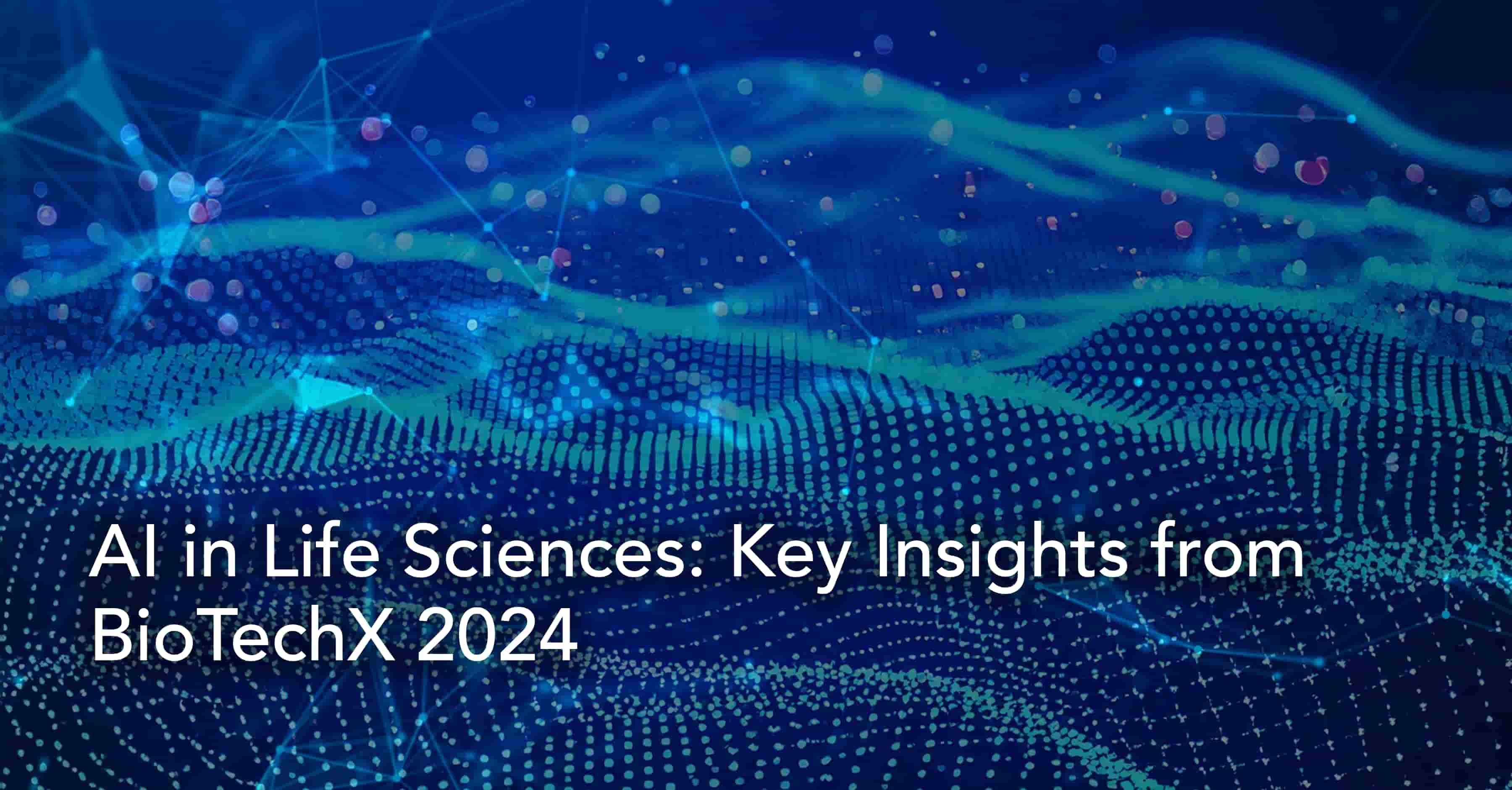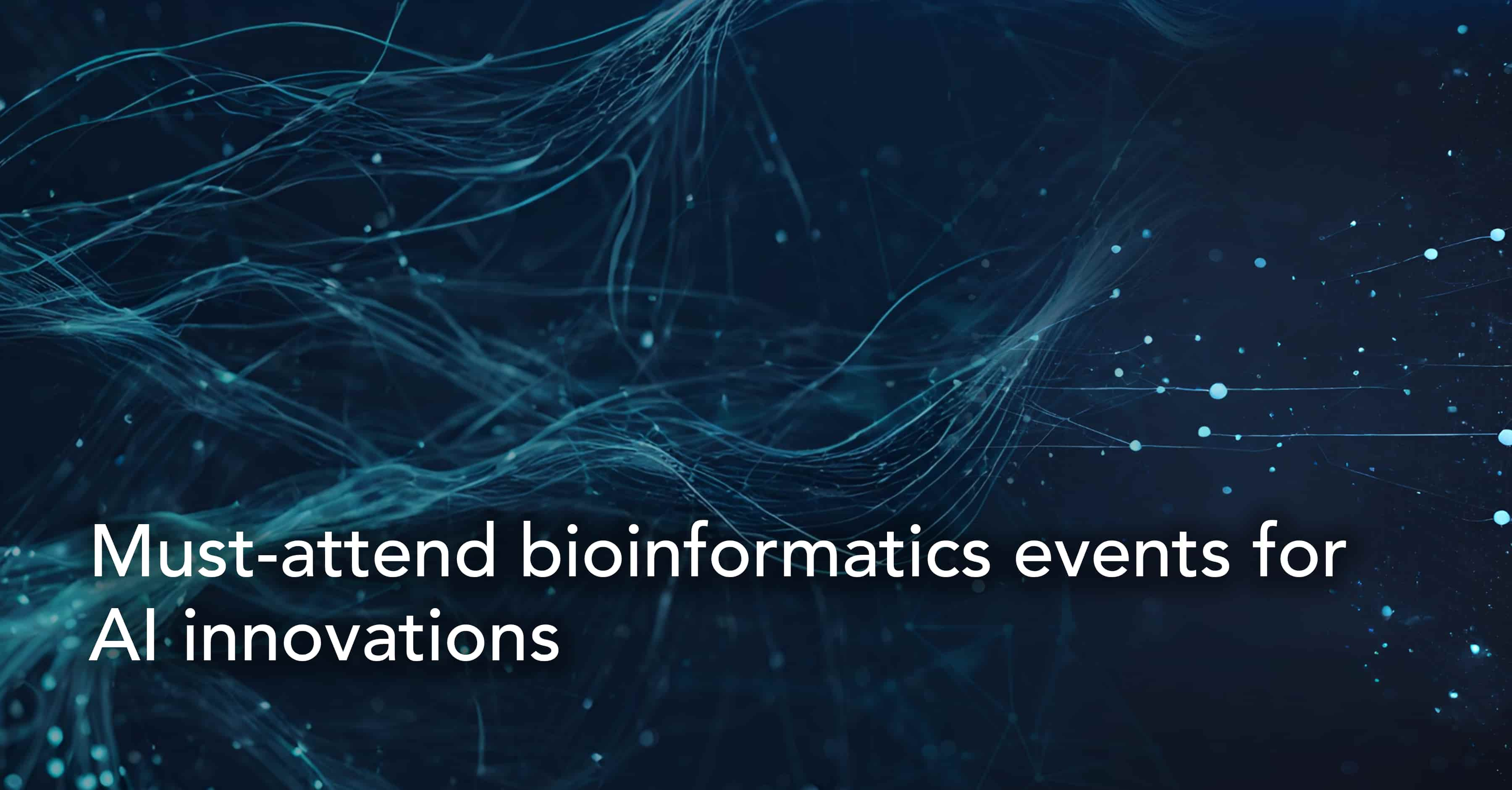Build vs. Buy: 7 Pros and Cons to Consider

An informatics solution is the backbone of any successful scientific industry initiative. The solution needs to be a completely scalable, reliable, fully-featured one to provide teams with functionality that is critical and essential to their work. Making it vitally important to choose the right one. As part of any new research initiative, industries/institutes have begun to collect a considerable amount of data. This brings exciting research and interesting opportunities along with new challenges.
There are multiple challenges associated with an increasing amount of data of which a key challenge is handling the sheer amount and complexity next to handling the high security, compliances, and privacy requirements. As one starts tackling these challenges, one needs to decide whether to improve, augment or replace the existing informatics solutions. Both in-house and buying existing solutions have their pros and cons, and a strong evaluation of current and future needs is highly recommended. Below are a few criteria that we recommend for the evaluation of your current bioinformatics solutions.
1. Scalability & Complexity with Customizability
With the increasing rise of genomics (NGS) and other omics approaches to tackle the complexity of scientific questions that researchers are posing, we are collecting more, far more complex data than before. This often creates havoc in the existing data management and analysis systems making rare annoyances become everyday problems. Also making it far more expensive by lots of indirect drivers like downtime, more backlog jobs, challenges in organising the data and accessing it.
Does it strike a chord? You need a scalable bioinformatics solution that addresses your current and future needs concerning storage and increasingly complex research and analysis pipelines. Your upgrade should count on you to stay performant while handling the entanglement with the current and approaching challenges.
There is always a large degree of flexibility with building solutions internally, but it needs a separate team including design, development, deployment, and support. These need to be built under the supervision of local leadership and as complexity grows this can become expensive for a single organisation to handle.
A long-term solution that can scale with an increase in your computational and storage demands as well as changes in lab and analysis pipelines is what organisation should be investing in. With this steep increase in workload in the organisation, you need something more reliable that is prepared to grow alongside you. Cloud architecture provides that scalability and can auto-provision new demands. While implementing and parallelizing these cloud platforms in-house is not so easy, in the well-designed platform, hundreds of tests could be performed in parallel reducing the overall execution time in comparison with the timing of the single run.
Data tracking and automation is one interesting challenge in-house labs face from time to time as the sample number being analysed increases. If the organisation handles clinical samples and NGS samples, it is important to track the samples through the dry lab, and applying metadata to your files is a key strategy that could simplify the data retrieval. A good platform will be able to easily label both for future retrieval and traceability automating the application of metadata to samples.
2. Support for Multi-Omics Research
Genomics is just one piece of the puzzle when it comes to advancing health sciences and delivering precision medicine. Scientists and clinicians increasingly rely on insights from the different kinds of omics disciplines such as transcriptomics, proteomics, metabolomics etc. The data from these approaches hold a particular promise in the search for actionable insights making critical data-driven decisions. Given the importance of this multi-omics data, the available bioinformatics systems are not effective in handling the analysis and annotation of the full range of multi-omics data.
3. Security, Privacy & Compliance
In this internet environment, the risks around valuable and sensitive data are greater than before. Every organisation must protect databases and the servers on which they reside. Managing data in compliance with a maze of ever-more stringent security, privacy, and regulatory requirements is a big challenge. To cope with this everyday challenge in organisations, it's essential to choose a solution that can ensure confidentiality, integrity, and availability of data with regulatory requirements for research and development.
Developing an in-house system may not seem so difficult but can increase the burden on your staff when it comes to security, privacy, and compliances. Any leakage of sensitive information could damage the reputation of the organisation putting a significant risk on the given time and effort. Instead, the organisation could focus more on supporting bioinformatics solutions. Without proper maintenance and support, at best this leads to the obsolescence of the data, and, at worst, this poses security vulnerabilities that must be addressed in near real-time. Instead of building a compliant DIY system that requires a lot of expertise and significant effort, researchers could focus on innovation leaving the burden on the third-party service providers.
4. Process optimization for high Efficiency
Siloed teams often lead to siloed information, an absolute killer of cross-functional collaboration. It is a critical aspect for teams working on related projects. Team silos can result in a sense of tribalism and disrupt the organisation's ability to innovate and stay aligned. Each team might be using different toolsets for: storing, analysing data, tracking and labeling can become extremely difficult.
Crucial is the standardisation of data with a bioinformatics solution that lets you follow the FAIR (Findable, Accessible, Interoperable, and Reusable) principles to allow you to easily define and roll out standard analysis and pipelines. This would ensure the consistency, easy integration of datasets and make analyses more retrospective across cross hub teams.
5. Reliability & Flexibility
Automation of tasks can significantly reduce overall project turnaround time with high efficacy. The bioinformatics solution provider takes care of automation of data from your input source, analysis pipeline, and perform necessary QC steps and generate reports with the least human intervention. This will significantly reduce the stress on the teams and lets them focus on what is more important.
Secondly, integrating different software and pipelines into one is too rigid when it comes to working with analytics applications. It can be difficult to integrate with any applications you have built in-house that are custom-tuned to suit the needs of your researchers. The solution provider should create an open API, comprehensive and well documented to make life easier for the teams to securely work on any kind of datasets and analyses.
6. Affordable Operational & Support Costs
Building a DIY bioinformatics solution custom-crafted to the organisation might be an easy call with a good developing team. But other hidden things which need to be kept in mind are the costs that will go beyond paying to build the system, maintain, support, secure, and scale it as demand increases. Some of the tasks might require special expertise which the in-house development team doesn’t have.
Considering all the challenges of ever-changing and more complex security, compliances regulations, and updates to the tools and libraries, the support team cannot keep up with the workload. Coping with these problems and downtime can turn into a bottomless resource drain. It is important to partner with a trusted provider to help you keep operational and support costs more affordable. Lowering these operational and support costs frees up spending on other priorities.
7. Potential Takeaways
In-house bioinformatics solutions come with both advantages and their accompanying pitfalls.
Pros:
- Customization of systems based on the organisation needs.
- Up-front costs are cheaper to build with development teams.
Cons:
- Scaling up the processes could be a great challenge.
- Handling diverse data types and analyses can be difficult.
- Security and compliance requirements are challenging.
- Technological advances are fast and keeping up with them can be hard.
- Support and maintenance costs can fly high.
BioStrand has made the Saasificiation of Bioinformatics transforming and delivering:
- Scalability
- Easy implementation of the APIs
- Supporting multi-omics data and analyses
- FAIR data management
- Security and compliances
- Comprehensiveness and functionality leveraging cutting edge technology
- Cost-controlling and predictability
- Experts in the field to support you
BioStrand is a cloud-based end-to-end bioinformatics-as-a-service solution that abstracts all the technological complexity to deliver simple yet powerful tools for bioinformaticians and multi-omics researchers. We took a unique approach to accelerate the time-to-value of bioinformatics for the digital age.
Subscribe to our Blog and get new articles right after publication into your inbox.
Subscribe to our blog:






